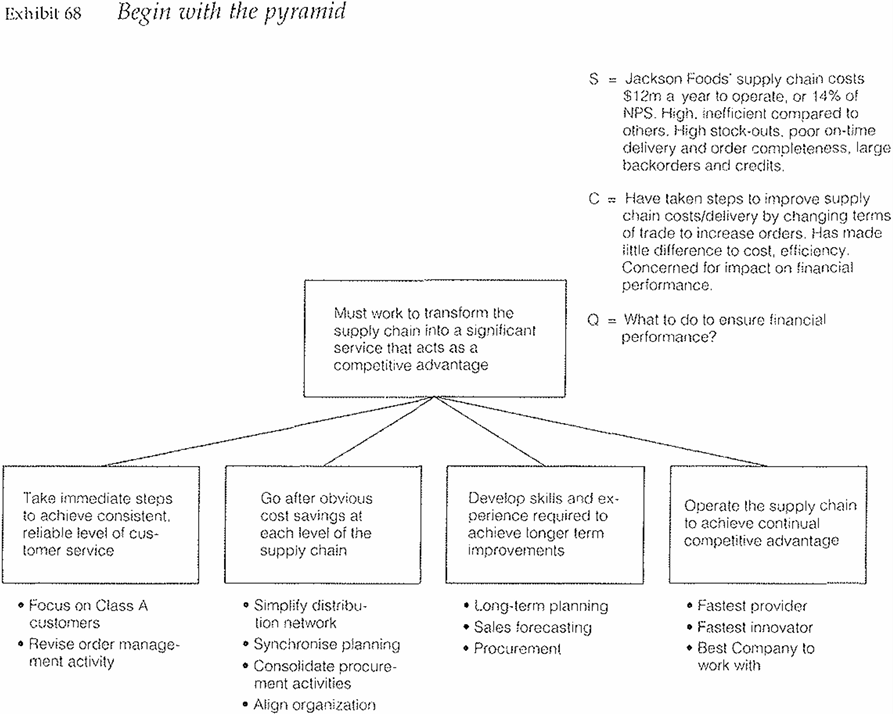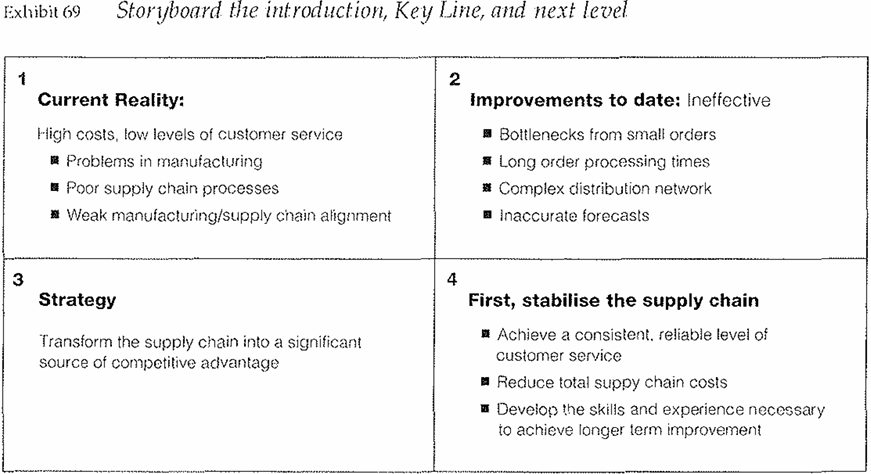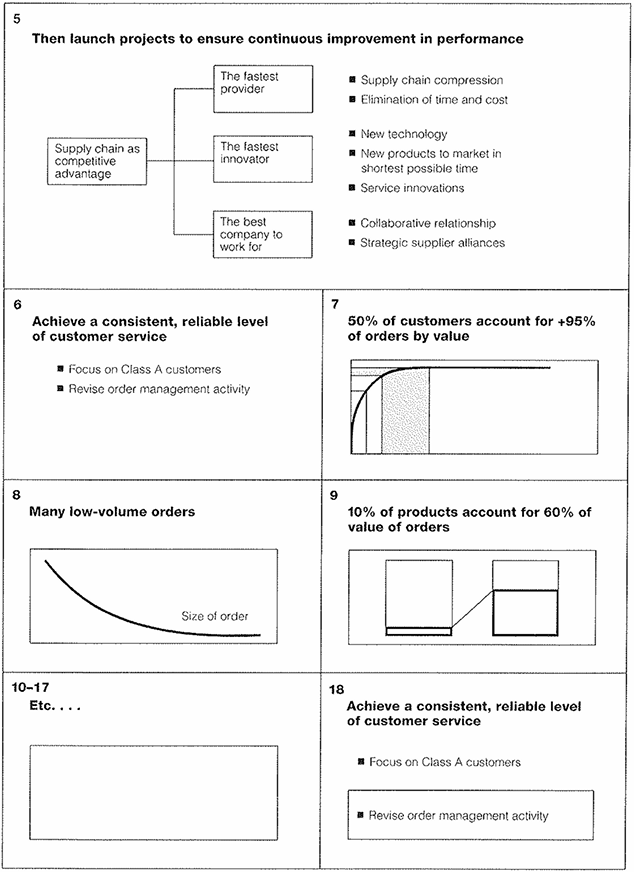


 Grammar
Grammar
 Tenses
Tenses
 Present
Present
 Past
Past
 Future
Future
 Parts Of Speech
Parts Of Speech
 Nouns
Nouns
 Verbs
Verbs
 Adverbs
Adverbs
 Adjectives
Adjectives
 Pronouns
Pronouns
 Pre Position
Pre Position
 Preposition by function
Preposition by function 
 Preposition by construction
Preposition by construction
 Conjunctions
Conjunctions
 Interjections
Interjections
 Grammar Rules
Grammar Rules
 Linguistics
Linguistics
 Semantics
Semantics
 Pragmatics
Pragmatics
 Reading Comprehension
Reading Comprehension|
Read More
Date: 2024-10-01
Date: 2024-09-09
Date: 2024-09-12
|
Once you understand the requirements of text and exhibit slides, you are ready to design the full presentation. The approach that I take to moving from the pyramid to a presentation is as follows:
1. Write the introduction in full, putting down every word you will say in the order in which you will say it. This ensures that you have left nothing out of your beginning story, and allows you to double check that the question you are answering is really valid for the audience.
2. Have available a blank storyboard form, and write across the top of each blank slide the points from the introduction you wish to illustrate visually, plus those from the Key Line and one level below the Key Line.
3. Rough out the visual way you will illustrate each point. Generally you do this without real numbers, but simply with an indication of the types of data you would include, plus notes to yourself and the designer of the sort of relationship you want to show.
4. Script the words to be said around each slide, to ensure the set of slides flows as a story.
5. Complete the design of the slides and send them off to be properly drawn.
6. Rehearse, rehearse, rehearse!
A storyboard at its simplest is a sheet of paper turned sideways and divided into separate sections, each of which represents a blank slide. It enables you to write down the specific points that you expect to turn into slides, and to indicate which should be presented as text slides and which should be illustrated with a graphic of some sort.
To illustrate, Exhibit 68 shows a typical pyramid, while Exhibit 69 shows how the first few slides might have looked in storyboard form. The thing to remember is that you want each slide to have a sentence or phrase at the top that conveys the point it is meant to illustrate. This device will act as a reminder both to you as you present and to the audience as it listens, particularly if you have the slide on the screen for any length of time.



We have discussed only the general steps for converting the points in a pyramid into visual presentation form. It has come nowhere near covering the detailed planning and analysis necessary to make the presentation compelling and effective for your purposes. To this end, let me recommend a wonderful book by Antony Jay called Effective Presentation: The Communication of Ideas by Words and Visual Aids, published in London in 1970 by Management Publications Ltd. (It was also published in the States as The New Oratory.)1
The book thoroughly sets out how to think about your audience, staging, presentation techniques, and rehearsal. The book is full of all sorts of insights. My favorite is "A presentation is usually a favour bestowed by those who attend on those who present." It is worth keeping in mind.
1Antony Jay, Effective Presentation: The Communication of Ideas by Words and Visual Aids, London, Management Publications Limited, 1970.
|
|
|
|
تفوقت في الاختبار على الجميع.. فاكهة "خارقة" في عالم التغذية
|
|
|
|
|
|
|
أمين عام أوبك: النفط الخام والغاز الطبيعي "هبة من الله"
|
|
|
|
|
|
|
الأمين العام للعتبة العسكرية المقدسة يستقبل قائد الفرقة الرابعة الشرطة الاتحادية
|
|
|